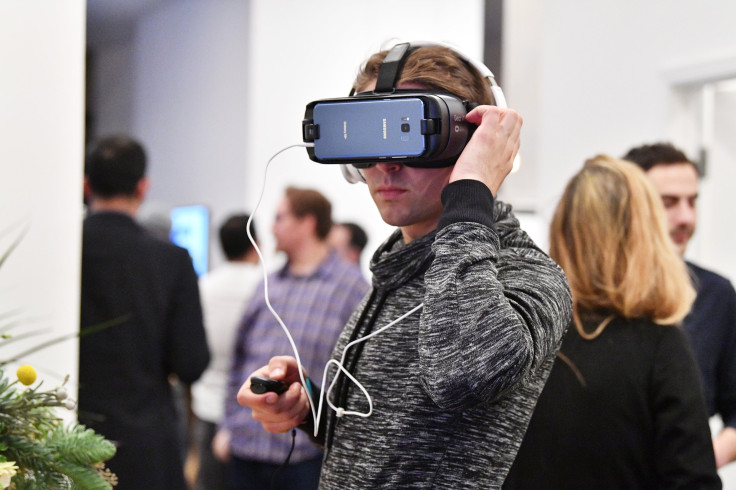Why We Shouldn't Fear Virtual Reality In The Workplace

Virtual reality (VR) is slowly changing the world in ways we have yet to fully comprehend. It may be seen as a fad, but the sales and persistent growth reveal that VR is the future. With growth just on the horizon and the sales of devices doubling, it is safe to assume that we must adjust to VR in many ways as both consumers and business owners.
Companies are already beginning to use VR in a multitude of ways, such as North Face giving rock climbing tours virtually. Businesses are experimenting with the technology to give consumers more intimate and convincing experiences. The potential doesn’t stop there and likely never will, as VR gives businesses the ability to interact with customers like never before.
In business, owners and executives are always trying to innovate and come up new ideas. Whether it is in R&D or marketing, consistent improvement and change is a necessity for all businesses to run at maximum capacity. With the advent of affordable and effective VR devices, utilizing this technology has never been easier — and it is only going to become more accessible with time. This means that there is no better time to join the future than now.
Developers are itching to jump aboard any chance they can to program for VR. Innovation won’t stop in the virtual space and can create an environment where executives are not bogged down by budget limitations or employee availability. Owners can imagine where businesses should move and how offices should be redesigned with virtual rooms and virtual tours. These sensory applications can and will change the way businesses interact with each other and themselves.
VR offers ways to connect both with customers and employees in sensory ways that are more cost-effective than trying to implement lofty ideas in reality. For instance, VR can be used to create virtual rooms where customers can come into a gallery and interact with products that business might sell. Ikea has done this with their virtual kitchen where customers can enter and redecorate the room with Ikea products and furniture. This gives a certain sensory experience to the customer wherein they are no longer just shopping but imagining with you all of the possibilities your company could provide them. This can completely change how a customer may feel about a product and can ease the stress of buying without knowing.
There is also the interrelational aspect of business whereby employees can interact and imagine things in a space free of constraints and budgets with each other and customers. Design is where we see this in business predominantly. Lowe’s Holoroom is a great example of a VR business application. The VR app is an example of business creating a design environment where the limitations are few and the benefits are many, such as the ability to virtually create products and test them without having to spend the resources on producing something that may not even work. Instead, VR gives the ideal testing environment to businesses where the freedom to imagine and design can create endless possibilities.
Finally, there's the most important facet of business: cost. As the proliferation of VR continues, the cost of acquiring the technology falls along with the cost of development. C++ and Javascript developers are jumping at the chance to develop for VR, so there is no shortage of talent. There is also the obvious benefit of businesses being able to stretch their imaginations as far they will go with no budget. Not having to purchase commercial workspace in another country without visiting first is one such example. Another is office environments without the cost of physical offices, with meetings held all over the world in virtual meeting rooms. All of this can reduce the cost of doing business considerably without reducing efficacy.
VR is on the cusp totally revolutionizing business, and it's past time we embrace it.
© Copyright IBTimes 2024. All rights reserved.





















